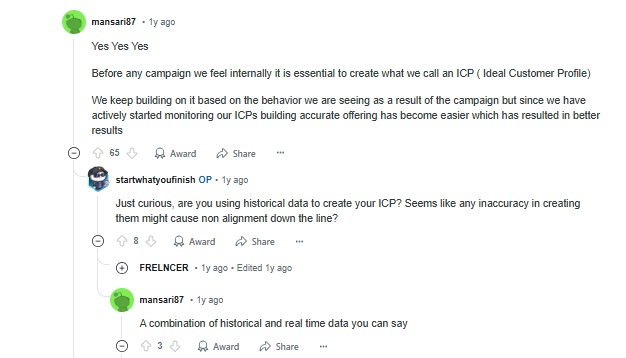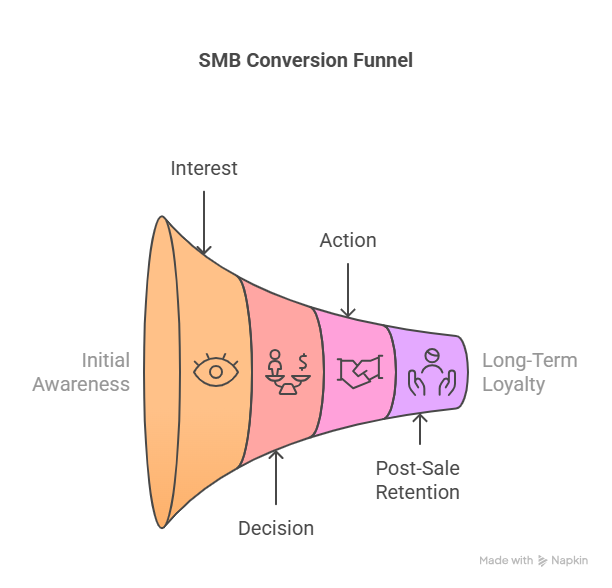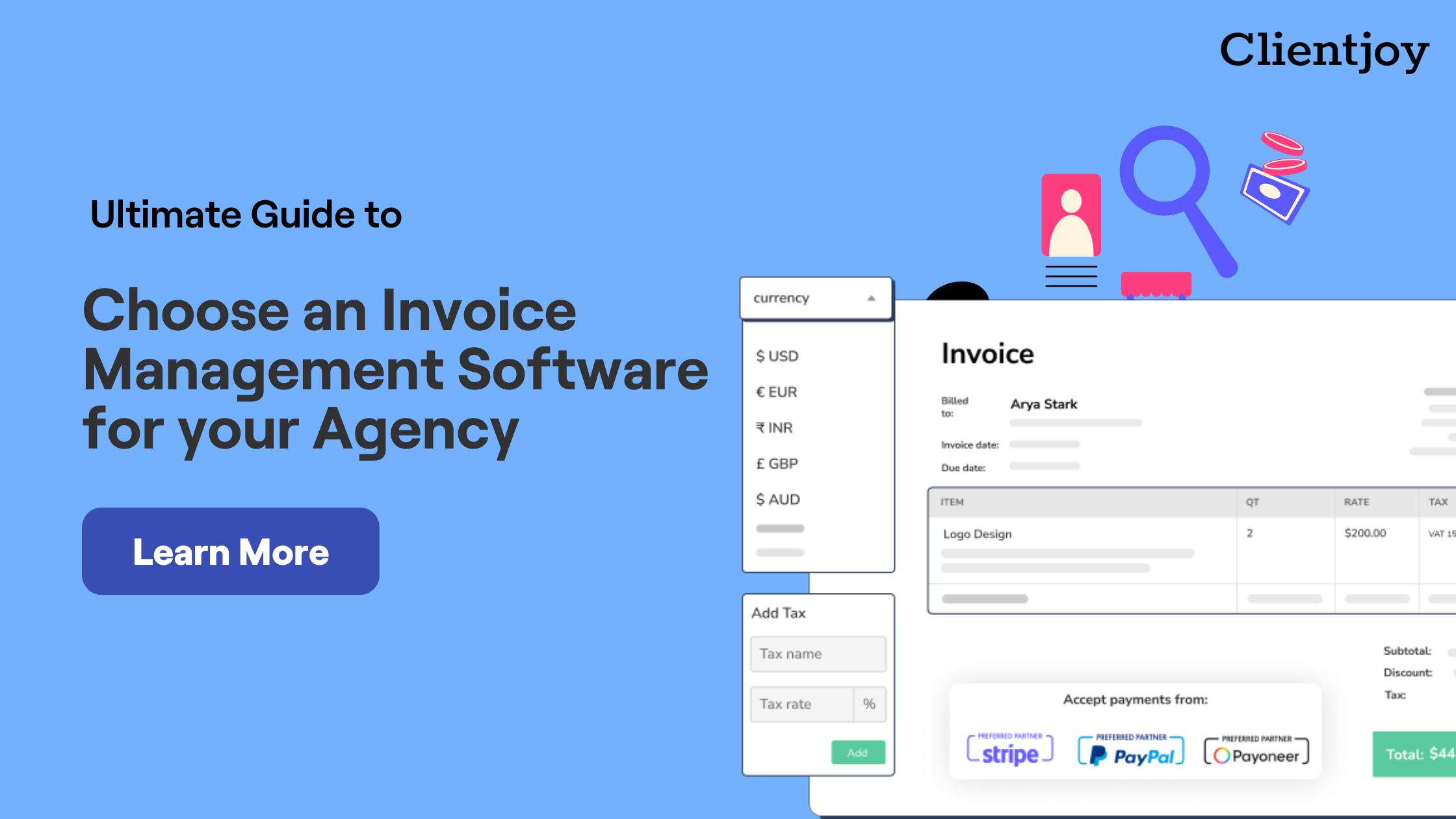Table of Contents

Let’s be honest. Converting SMB leads isn’t the easiest gig. You’re selling to folks who are wearing three hats, stretching their budgets, and saying “not now” more often than “send the invoice.” But that’s also what makes it worth it.
Small and medium-sized businesses are nimble. They move fast when they find the right fit.
A sales funnel is a process that transforms a casual browser into a committed buyer. And it needs to do more than just send drip emails. It has to build trust, speak their language, and guide them step by step. When done right, that “maybe later” turns into “where do I sign?”
TL;DR
- Research your typical SMB audience, identify key challenges, and create a clear “persona” to focus and inform your outreach.
- A strong sales funnel usually includes five key stages: Awareness, Interest, Decision, Action, and Retention.
- Awareness: The prospect becomes aware of your product or service.
- Interest: You begin your pitch and help them connect your solution to their problem.
- Decision: The lead is close to buying—now’s the time to prove your credibility.
- Action: Make it easy to convert and close the deal.
- Post-Sale & Retention: Nurture the relationship through check-ins, support, and feedback.
- Continuously evaluate your funnel by tracking metrics like response time, sales cycle length, lifetime value, and drop-off rates.
Understanding Your SMB Audience
Before you build a funnel, you need to know who you’re guiding through it. SMBs are different. If you don’t take time to understand their world, your funnel ends up sounding like noise.
Defining Your Ideal SMB Profile
You can’t sell to every small business. And you shouldn’t. Trying to target all SMBs is like throwing darts blindfolded. You might hit something, but it won’t be repeatable.
Start by narrowing down your criteria for potential clients:
- Where they’re based
- What industry are they in?
- Are they five-person teams or fifty?
- Are they growing or just getting by?
Segment your small business email list for better targeting.Group your leads based on key factors like their industry, company size, and the type of solution they need.
The more specific your targeting, the more relevant (and effective) your outreach becomes.
Developing Buyer Personas
A buyer persona is essentially a partly fictional profile of your target customer, based on your market research. Once you’ve identified your ideal profile, you can get to creating a persona.
A persona is one representative of the common traits, behaviors, and needs of your broader audience, helping you better understand and connect with them.
For example:
- James runs a small IT support firm. He hates cold emails. He’s looking for ways to grow his business and often feels unequipped to deal with his rapidly changing industry.
- Sarah, who owns three retail stores and struggles with scheduling demos. She’s looking for ways to streamline business processes.
Here’s another idea for developing your buyer personas:

Identifying Challenges & Needs
SMBs need solutions that don’t require a 6-week onboarding. And they want to know whether your offer will help them today, not just when they scale.
Some things to look out for:
- Tight budgets: No room for bloated retainers or “wait and see” pitches.
- Tech overwhelm: They don’t want another login. They want less stress.
- Scalability stress: Can your solution/tool grow with them, or will they outgrow it fast?
The more you understand what’s holding them back, the easier it is to position your solution as the one that clears the path.
Actionable Tips
Here’s how to fine-tune your targeting:
- Prepare a survey to send out to your existing clients. Did you end up working in alignment with the persona you created for them?
- Go into your CRM and evaluate the data. Which strategies resulted in more closed deals?
- Monitor social media profiles of potential customers. What are they unhappy about? What’s working?
Remember, SMB client conversion happens when you understand the client, not just market to them.
Stages of a Sales Funnel for SMB Clients

A typical sales process is broken down into distinct stages. While it may vary slightly across organizations, an appropriately-executed funnel looks like this:
Awareness Stage
"I've got a problem. But I’m not sure what I need yet."
At this stage, most SMBs aren’t actively looking for a solution. They’re just trying to make it through the week. But they’ve just become aware of your brand, maybe through a recommendation, a social media post, or a paid ad.
Don’t go for the hard sell. Go for the helpful nudge.
Some Strategies to Capture Attention:
- SEO-optimized articles
- Post Instagram Reels, TikToks, or LinkedIn posts with bite-sized tips.
- Generate community engagement in Facebook Groups or niche forums.
- Invest in online advertisements
Remember to tailor your efforts to the persona you developed. Share information you know they’d find relevant.
Interest Stage
"This looks interesting. Could this actually work for me?"
Now they’re leaning in. They’ve probably identified something from your offerings that could work for them. This is the time for your sales team to wield prospecting tools and develop their pitch. A good way to nurture your lead at this stage is to send a simple email: maybe welcome them or send over a demo.
Your lead is probably wondering:
- “Is this for my kind of business?”
- “Will it cost me an arm and a latte?”
- “Can I actually use this without hiring an IT guy?”
Tactics to Build Engagement:
- Personalized emails: Not “Dear business owner.” Use their name.
- Industry-specific landing pages: One for salons, another for cafes.
- Quick-win lead magnets: “3 Ways Spa Owners Use CRM to Fill Empty Slots.”
Keep it simple. Keep it visual. Show them what life with your tool looks like.
Decision Stage
"Okay, I like this. But can I really trust it?"
They’re close. This is where you win (or lose) the deal. Present something compelling that will push them over the line and into the next stage. SMBs at this stage are usually comparing options and asking themselves, “What’s the catch?”.
What Works Best:
- Case studies that tell real stories (“How Kelly’s Nail Studio Doubled Appointments in 3 months”). Maintain a database!
- Customer video testimonials; nothing fancy, just honest. Again, maintain a database.
- Product demos: Fast, friendly, and focused on outcomes, not features.
Common Objections and How to Handle Them:
- “I don’t have time to learn this.” → Offer a 15-minute guided onboarding.
- “What if I don’t like it?” → 14-day free trial, no credit card needed.
- “It’s too expensive.” → Show ROI: “Save 8 hours weekly = $400/month in admin time.”
Action Stage
"Let’s do this, but I don’t want buyer’s remorse."
This is where the conversion happens or doesn't. One wrong step, and they ghost you.
Make it simple to say yes.
Best Practices for SMB Conversions:
- Crystal-clear CTAs: “Start Free Trial” > “Learn More”
- Streamlined checkout to skip the friction
- Immediate confirmation with next steps (“Book your onboarding now!”)
- Fast, friendly follow-ups: “Saw you signed up. Do you need help getting started?”
Hot tip: Use automation, but make it feel human. A name, a photo, and a helpful tone go a long way.
Post-Sale & Retention
"Okay, I’m in. Now what?"
The sale isn’t the end, it’s the beginning. SMB client conversion is just step one. Retention is where the real value kicks in.
Most SMBs hate switching tools. If they love you, they’ll stick with you for years and tell their friends. Make sure you:
- Set them up for success: Easy onboarding. Regular check-ins.
- Celebrate quick wins: “Congrats. 100 new bookings in your first month!”
- Keep it personal: Birthday emails, loyalty rewards, small touches.
Techniques for Measuring Satisfaction:
- Net Promoter Score (NPS) every quarter.
- Surveys after key milestones.
- One-click feedback buttons: “Was this feature helpful?”
How Long Do SMBs Take to Convert?
Here’s what to expect on average with your sales funnel:
- Awareness to Decision: 2–4 weeks
- For urgent pain points: Less than a week
- For cautious types: 1–2 months, tops
The key is to stay visible, helpful, and patient. Don’t spam. Stay top-of-mind with smart follow-ups and value-driven content.
SMB Funnel Metrics That Actually Matter
Here's the truth: not all funnel metrics matter. Some look good on reports but don't show real progress.
SMB sales move fast, decision-makers are involved, and there's little patience. Your metrics should reflect that. Here's what to track:
- Time to First Response
When a small business owner shows interest, they’re usually in research mode, and they won’t wait long. Whether it’s replying to a contact form, booking a call, or answering a DM, speed matters. If your average response time is more than 24 hours, you're likely leaving money on read.
- Drop-off Between Funnel Stages
It’s natural for your funnel to have spillage. Only a select few reach the very bottom. But you need to keep a close eye on this progression. Are people visiting your landing page but not signing up? Are leads opening emails but ghosting your call-to-action? Every step should lead somewhere. If people are getting stuck, fix the friction. This could be unclear messaging, too many steps, or a lack of trust built.
- Cost Per Qualified Lead (CPQL)
This isn’t about how many people saw your ad. It’s about how much it costs to get one solid lead, someone who actually fits your target profile and shows real intent. If you’re spending $200 on average to get someone who’ll never buy, something’s broken.
- Sales Cycle Length
In most cases, SMBs make decisions within 1–3 weeks. If your sales process is dragging, it might be too complicated. Or you’re not addressing objections early enough.
- Lifetime Value (LTV)
Sure, the first sale’s important. But how long do they stay? Do they upgrade later? Do they bring in referrals? The real win with SMBs isn’t always the first invoice. It’s how long they stick with you. And the better your onboarding and support, the higher this number gets.
- Engagement Rates
Are people opening your emails? Clicking your links? Replying to your messages? If not, your content or outreach might be falling short. This is where prospecting tools like ProspectUp can help by giving you useful context that makes your messages feel personal.
Here’s the takeaway: A good funnel isn’t just about numbers going up. It’s about the right numbers going up; leads turning into customers, customers sticking around, and your team knowing exactly what’s working. Track what matters. Back things up with real data. And most importantly, keep your focus on building a system that’s not busy but effective.
Use Prospectup to Personalize Your SMB Outreach
The last thing a small business owner wants is another “We help businesses like yours scale effortlessly” message.
What they do want is a message that makes them pause mid-scroll and think, “Okay… this person actually knows me.”
That’s what ProspectUp helps with, not as a spray-and-pray tool, but as a research assistant, email strategist, and digital wingman.
Here’s what makes it different (and frankly, way more effective):
- Real insights that actually matter: ProspectUp pulls 100+ data points for each SMB prospect, from their website health to their SEO gaps, social presence, paid ad signals, and even whether or not they’ve claimed their Google Business Profile.
- Context over guesswork: Selling a CRM to a local nail salon? ProspectUp shows you a detailed audit of their online presence. That gives you your hook. “Hey, noticed you’re not offering online booking yet. Do you need help setting that up?”
- Segmentation that goes beyond size and industry: You’re not just lumping every café or law firm into one bucket. You’re seeing who’s digitally mature, who’s struggling with visibility, and who’s got potential but no direction. That’s key for tailored messaging.
- Better timing, better targeting: If a local fitness studio just launched a second location and their social engagement suddenly spikes, ProspectUp catches that. You swoop in with a well-timed, relevant offer.
- Automation meets personalization: The platform helps you send customized cold emails at scale, but with the tone of a thoughtful one-on-one. You’re not blasting strangers. You’re following up with people you actually understand.
And the best part? You can do all of this without needing a Phd in lead generation or an extra 10 hours a week. ProspectUp fits into your outbound workflow and makes SMB client conversion feel more like a conversation than a pitch.
Summing Up…
Converting small business clients isn’t about being louder. It’s about being sharper. You need to understand their world, speak their language, and offer solutions that make immediate sense.
A great funnel does exactly that; it builds connection, not pressure. And when you pair that approach with tools like ProspectUp, everything runs smoother. From the first email to the final call, every step you take will feel intentional.
Give your leads something real, and they’ll give you their attention and business.
How to Build a Sales Funnel to Convert SMB Clients: FAQs
What are the 5 stages of the sales funnel?
The five classic stages are awareness, interest, decision, action and retention. Awareness might come from a blog post or a social ad. Interest sparks when your messaging hits their exact problem. Decision kicks in with case studies or side-by-side comparisons. Action is the close, but if you’ve done the other four well, it often feels like a natural next step, not a hard sell. Retention is nurturing your relationship and setting yourself up for long-term success.
How do you create a sales funnel?
You create a funnel by mapping out the full buyer journey, from first touch to follow-up. What does your ideal SMB lead need to see, feel, and trust before they’re ready to buy? That’s your funnel. Let’s say you’re helping restaurants improve online reservations. Start with a blog post on lost revenue from missed bookings. Offer a free consultation. Send automated emails with real examples. Include testimonials from other restaurant owners. Then book a short call.











